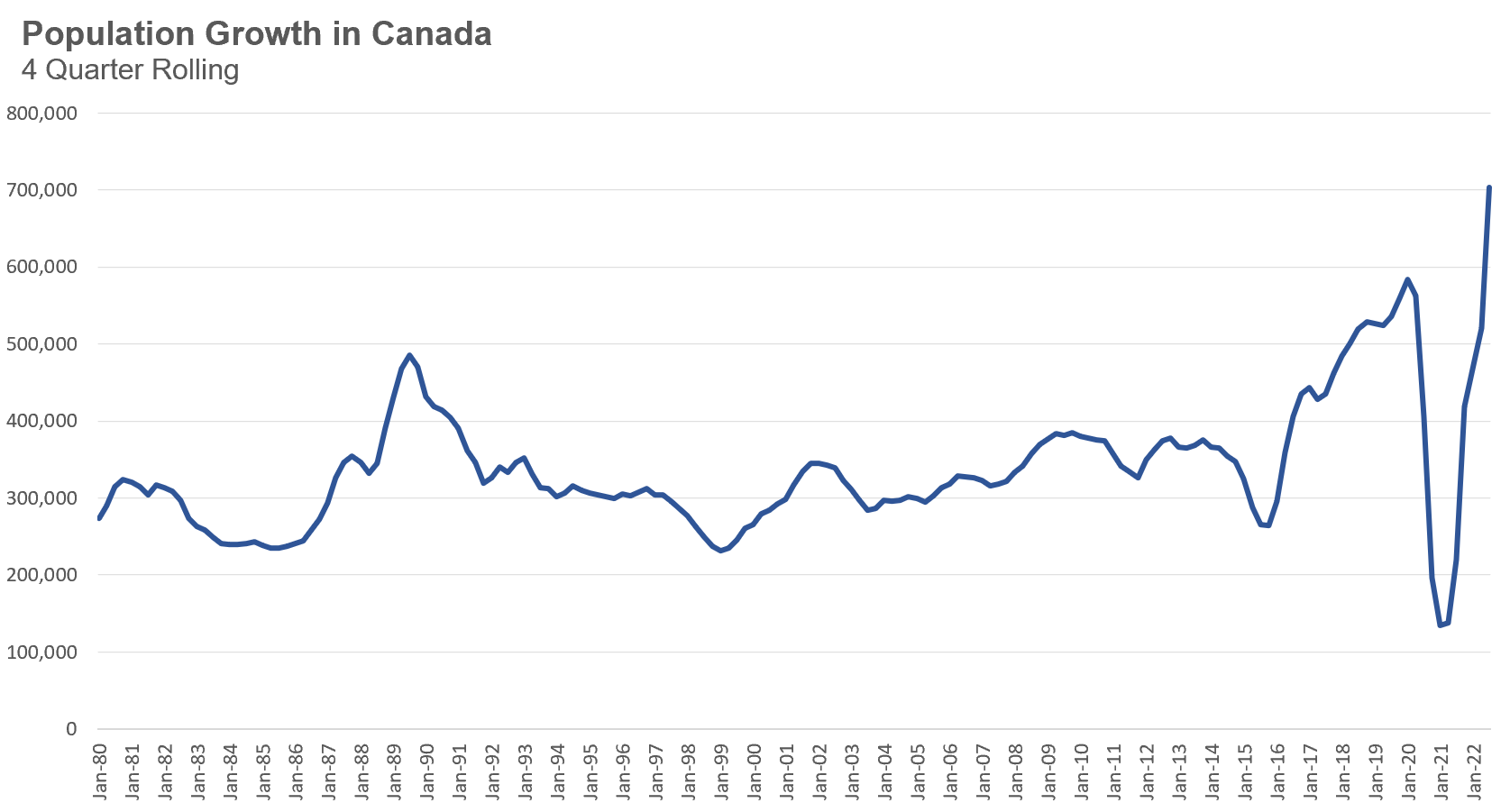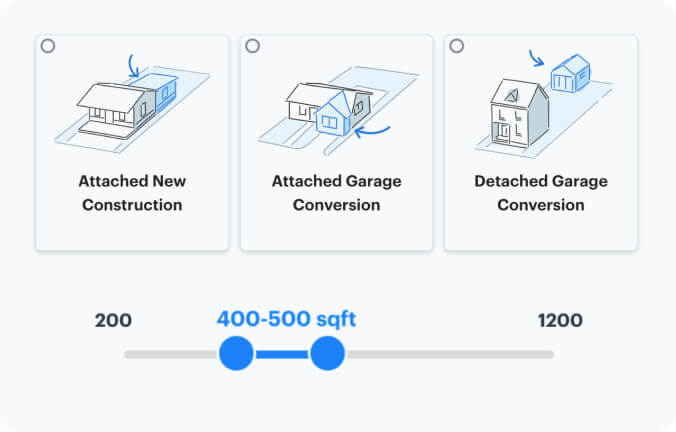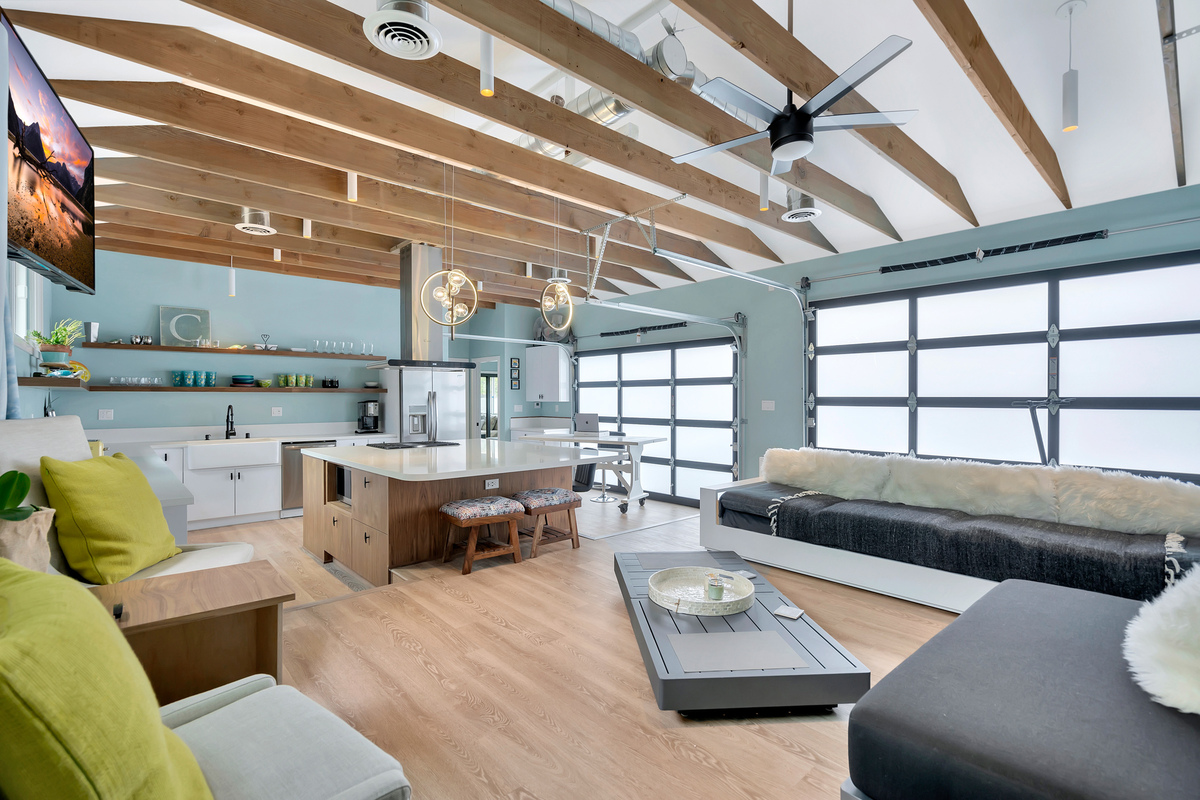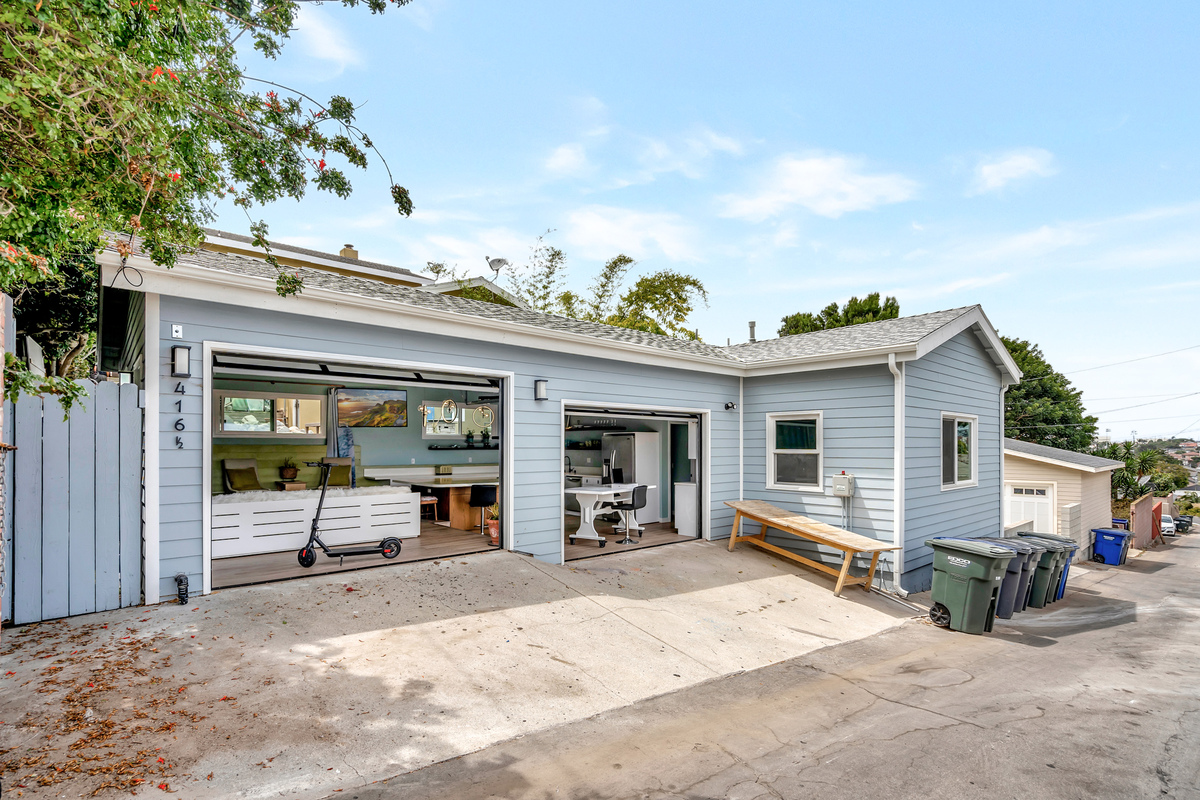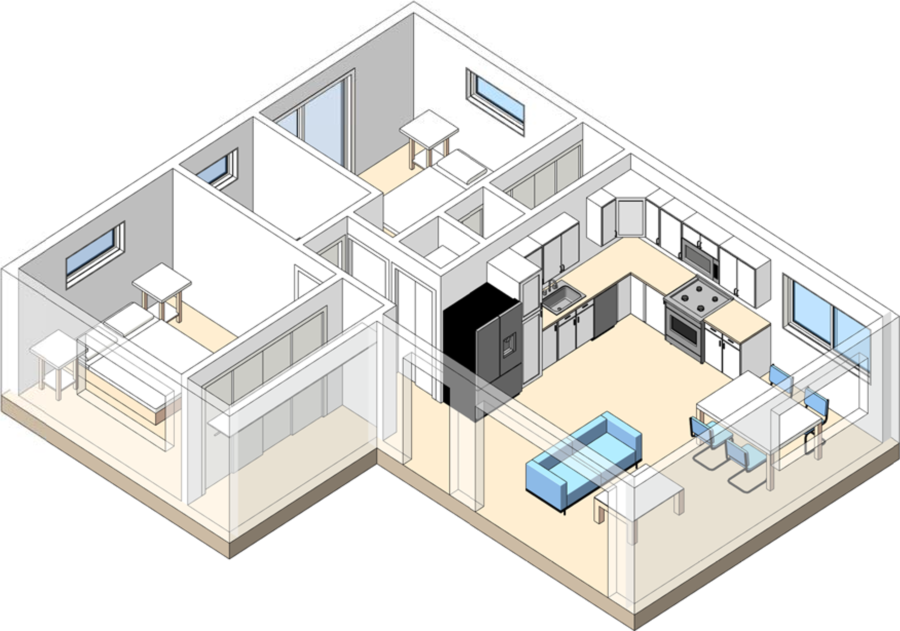Accessory Dwelling Units
Statistics Canada released Canada's population estimates for the second quarter of 2022, reporting an increase of about 284,982 people for a total of 38,929,902. "This was the highest growth rate of any quarter since the addition of Newfoundland to the Confederation in 1949". International migration accounted for 94.5% of this growth—due to high numbers of asylum claimants and permit holders (work, study and other).
We need to build more homes, yet governments currently have no mechanism to make builders increase their output of housing completions—particularly during periods of extreme uncertainty, rising interest rates, falling prices, and low pre-construction sales. Most see the dip in housing prices as a short-term response to high rates, and why investors are opting to capitalize on increased rents instead of selling. Supply has to increase in the medium and long term to balance the market. BC NDP leadership hopeful, David Eby, announced a suite of housing policies the province will enact, should he become premier. It includes legalizing secondary suites that meet the BC building code, and a new process for building triplexes on single-family lots that is less bureaucratically onerous.
One of the solutions for homeowners that require additional income to counteract rising housing costs is through Accessory Dwelling Units (ADUs), or what is referred to as "gentle density". A trend with origins in Vancouver and Laneway Housing—higher densities and smaller ecological footprints necessary to sustain a growing population. Homes that can be built without compromising the integrity of the neighbourhood aesthetics, improve economic activity, reduce traffic congestion, and strengthen the essential workforce.
Many of the properties I've been touring lately have the potential for greater configuration in living spaces. Notably what already exists in the home and is underutilized, for example, additional parking space. Two companies based out of California are making the process of converting this underutilized space easy for homeowners—Symbihom and Housable. These services work with homeowners from start to finish, handling the entire process from design, permitting, and coordination with top-rated ADU builders to find the right fit and price for any project.
I think this is a massive, untapped opportunity moving forward, especially in Canada where this type of innovation is sorely needed and lagging behind. Homeowners could potentially even be unaware of the highest and best use of their property. Startups like citybldr are coming out of the woodwork to unlock this potential often overlooked. Determining feasibility, rezoning, community plans, transit-oriented development, etc. could indicate a property is worth more under a different use or as a land assembly. Meeting the needs of a rapidly growing population by shaping the built environment to create more functional, sustainable communities.
We need to build more homes, yet governments currently have no mechanism to make builders increase their output of housing completions—particularly during periods of extreme uncertainty, rising interest rates, falling prices, and low pre-construction sales. Most see the dip in housing prices as a short-term response to high rates, and why investors are opting to capitalize on increased rents instead of selling. Supply has to increase in the medium and long term to balance the market. BC NDP leadership hopeful, David Eby, announced a suite of housing policies the province will enact, should he become premier. It includes legalizing secondary suites that meet the BC building code, and a new process for building triplexes on single-family lots that is less bureaucratically onerous.
One of the solutions for homeowners that require additional income to counteract rising housing costs is through Accessory Dwelling Units (ADUs), or what is referred to as "gentle density". A trend with origins in Vancouver and Laneway Housing—higher densities and smaller ecological footprints necessary to sustain a growing population. Homes that can be built without compromising the integrity of the neighbourhood aesthetics, improve economic activity, reduce traffic congestion, and strengthen the essential workforce.
Many of the properties I've been touring lately have the potential for greater configuration in living spaces. Notably what already exists in the home and is underutilized, for example, additional parking space. Two companies based out of California are making the process of converting this underutilized space easy for homeowners—Symbihom and Housable. These services work with homeowners from start to finish, handling the entire process from design, permitting, and coordination with top-rated ADU builders to find the right fit and price for any project.
I think this is a massive, untapped opportunity moving forward, especially in Canada where this type of innovation is sorely needed and lagging behind. Homeowners could potentially even be unaware of the highest and best use of their property. Startups like citybldr are coming out of the woodwork to unlock this potential often overlooked. Determining feasibility, rezoning, community plans, transit-oriented development, etc. could indicate a property is worth more under a different use or as a land assembly. Meeting the needs of a rapidly growing population by shaping the built environment to create more functional, sustainable communities.
Credit: Realosophy, Housable, Symbihom

